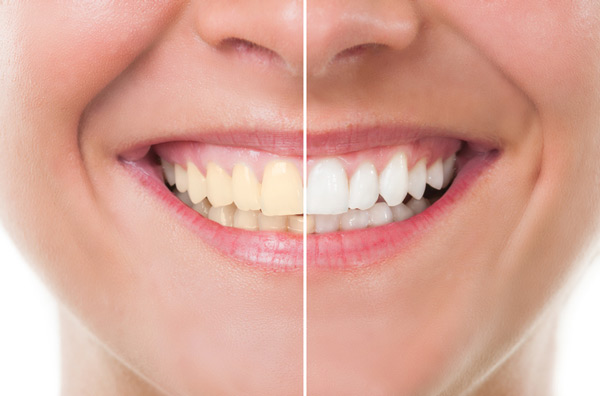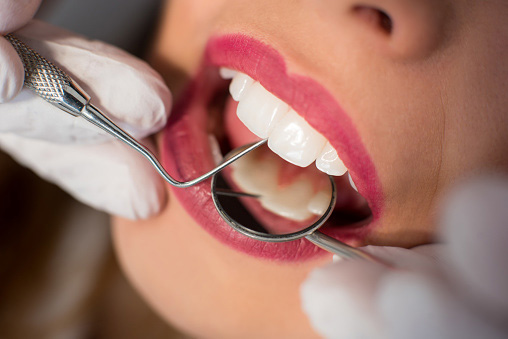 Ideally, everyone deserves a beautiful, healthy white smile.
Ideally, everyone deserves a beautiful, healthy white smile. Unfortunately, in reality, most people don’t maintain regular at-home oral hygiene as well as they could, which often leads to decay, damage, teeth moving out of alignment, gum disease, and stains.
Why Whiten Your Teeth?
The popular response for people in such cases is teeth whitening.
Numerous approaches are available to do this, including cost-effective whitening toothpastes that erase most stains to whitening strips you place on your teeth for an instructed period and even light-activated methods that provide immediately noticeable results.
Call Lakewood Dental Arts today to learn more about our whitening options.
Types of Tooth Stains
There are two different classes of stains: Extrinsic and intrinsic.
Extrinsic Stains
The extrinsic are easily noticeable on the surface of your teeth.
Intrinsic Stains
Intrinsic stains are more hidden, found within the tiny cracks of enamel and deep inside our dentin (the layer beneath enamel).
While extrinsic stains are usually manageable enough with regular dental hygiene, some are too deep or complex to fully eliminate with standard dental cleanings.
Intrinsic stains are tougher still, being harder to see, and can lead to discoloration of your teeth.
Whitening Vs. Bleaching?
According to the FDA, the term “bleaching” is permitted for products that can whiten teeth beyond their natural color.
This applies to products that have active ingredients such as hydrogen peroxide or carbamide peroxide.
On the other hand, the term “whitening” is used to describe the process of restoring teeth to their natural color by removing stains and debris from the tooth’s surface. Whiteners include cleaning agents such as mouth rinses and toothpaste.
Since “whitening” sounds more pleasant, most “bleaching” products with active ingredients are marketed with the term “whitening.”

How Bleaching Works
Bleaching (whitening) products contain an active ingredient called hydrogen peroxide or carbamide peroxide.
Whitening activates the peroxides to release oxygen molecules that enter the enamel micro-fractures to break down stain pigmentation.
This release of oxygen can occur over time or rapidly.
The main side effect of bleaching is temporary tooth sensitivity to cold.
This is because the micro-fractures and your natural enamel pores are open during treatment. These micro-fractures and pores will re-mineralize over time.
A prescription fluoride toothpaste can help reduce sensitivity by accelerating this re-mineralization process.
How Long Will My Teeth Stay White After Whitening?
Whitening treatments help to reduce existing stains, but consuming coffee and pigmented foods, smoking, and just natural aging may eventually lead to discoloration again.
We typically see results that last for 8-24 months.
If you avoid foods and drinks that stain your teeth and follow proper dental maintenance, you can expect your teeth to stay lighter for an even longer period of time.
Teeth Whitening in Lakewood
Contact our experts at (562) 384-1091 today to schedule your appointment!
